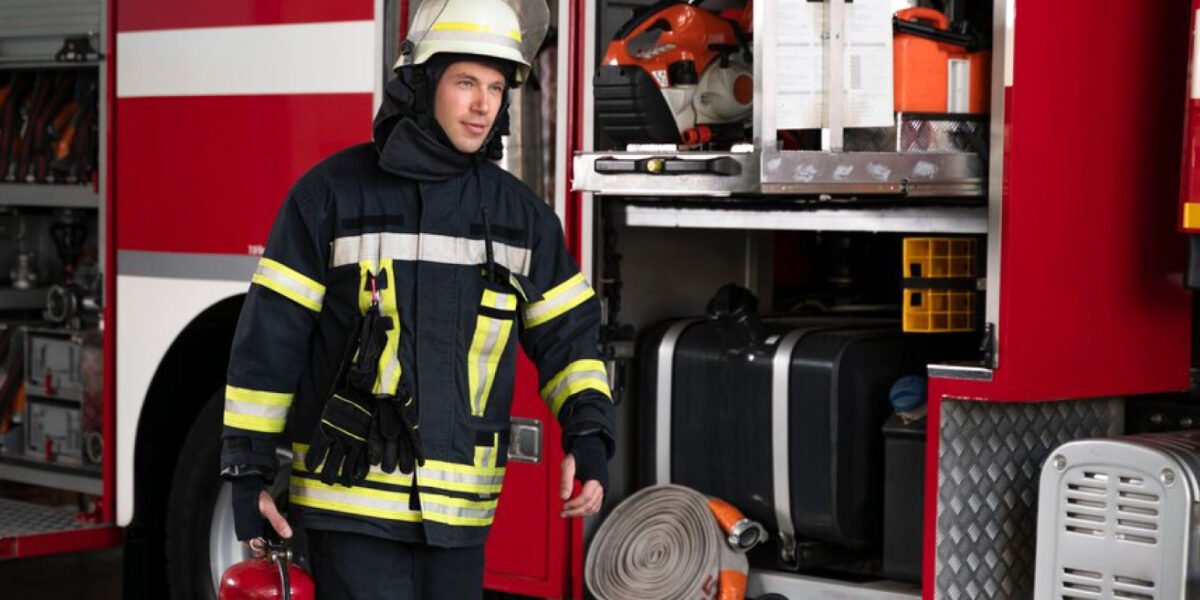Electrical Safety Guidelines for Homes and Workplaces
Introduction:
Electrical safety is crucial for both homes and workplaces as electrical hazards can cause fires, electrocution, and severe injuries. Poor wiring, overloaded circuits, and lack of maintenance contribute to many electrical accidents. By following proper safety precautions, individuals and organizations can reduce risks and ensure a secure environment.
Common Electrical Hazards:
- Overloaded Circuits – Plugging too many devices into a single socket can cause overheating, leading to electrical fires.
- Exposed or Damaged Wiring – Frayed or broken wires increase the risk of electrocution and short circuits.
- Improper Use of Electrical Appliances – Using electrical devices near water or with wet hands can result in shocks and fatalities.
Key Electrical Safety Tips:
- Regularly inspect electrical systems and fix any damaged wiring.
- Use power strips and circuit breakers to prevent overloads.
- Avoid using electrical devices near water sources.
- Hire certified electricians for installations and repairs.
Compliance with Electrical Safety Standards
Electrical safety regulations like the National Electrical Code (NEC) and Occupational Safety and Health Administration (OSHA) guidelines help prevent workplace accidents. Regular audits and inspections ensure compliance and enhance safety.
Conclusion:
Electrical hazards can be life-threatening, but proper safety measures and awareness can significantly reduce risks. By maintaining electrical systems and following established safety protocols, we can create safer workplaces and homes.

